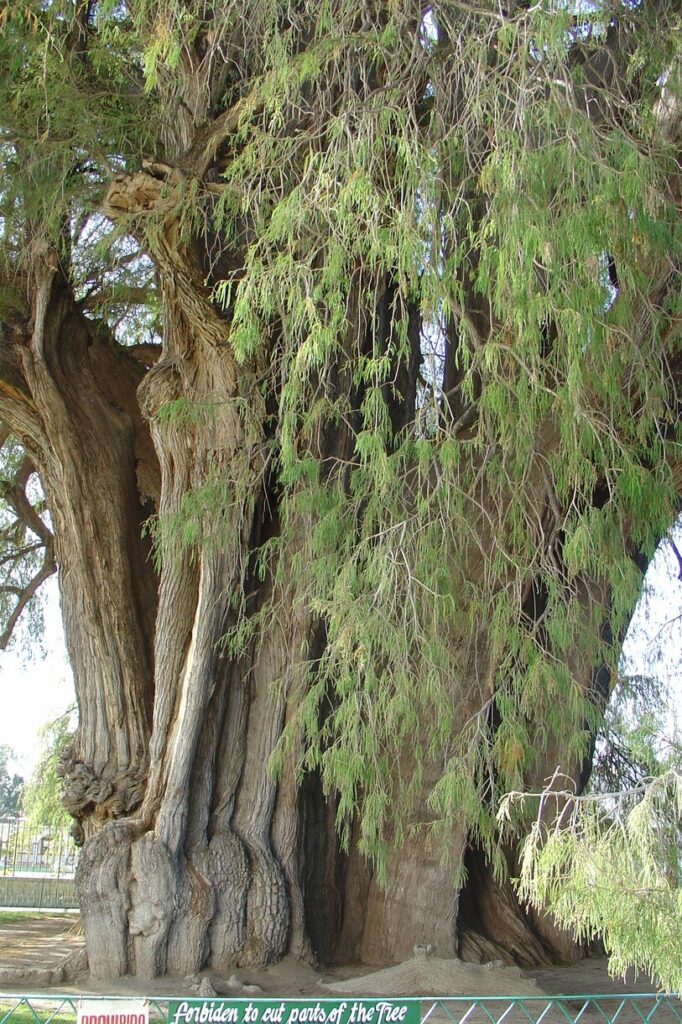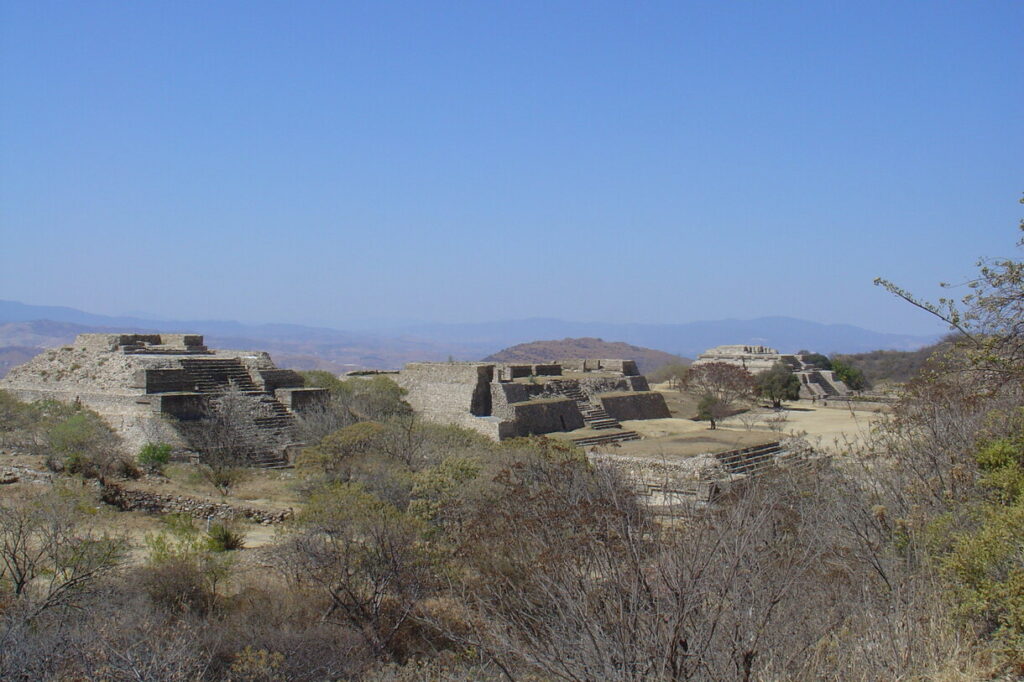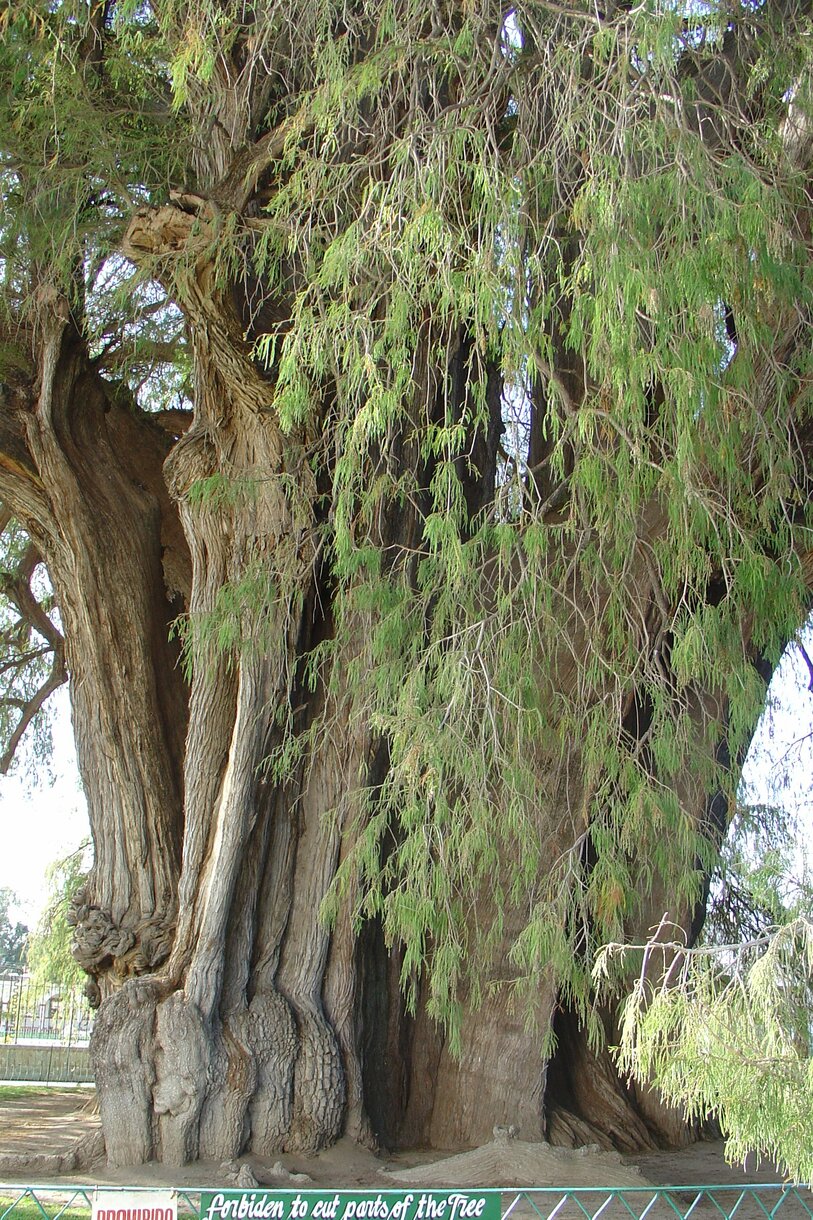Oaxaca – Colonial Jewel & Mexico’s Culinary Capital
Our next Mexican adventure brought us to Oaxaca – a charming UNESCO-listed colonial city where Spanish architecture blends with vibrant Zapotec and Mixtec traditions. We found a central hotel room for 350 pesos on the ironically named “Calle de la Noche” (Night Street), a colorful neighborhood that’s been lively since colonial times.
Oaxaca captivated us immediately. Named the 2022 “Cultural Capital of the Americas,” artistic energy permeates every corner. The stunning Santo Domingo de Guzmán church – a Mexican Baroque masterpiece – left us awestruck with its gilded frescoes and intricate Dominican family tree.

Oaxaca’s Chocolate Legacy
Wandering colorful streets, we discovered Oaxaca’s famous “chocolate district,” where the air smells of roasted cacao. For centuries, Oaxaca has preserved pre-Hispanic chocolate-making traditions. In family workshops, we watched the entire process – from roasting beans on clay comales to grinding between stone metates.
Fun Fact: The Aztec drink xocolātl (origin of our word “chocolate”) was served cold with chili and honey. Spaniards added sugar and heat, creating modern hot chocolate. In Oaxaca, you can try both versions – the traditional (sometimes served with tortillas!) and the sweet colonial style.
El Tule – The Tree That Witnessed Centuries
Our next stop was El Tule, home to the Americas’ fattest tree – the famous Árbol del Tule. This 2,000-year-old cypress (with a 58-meter trunk circumference!) has stood since Monte Albán’s Zapotec civilization flourished.

Local legend says priest Pechocha planted it to honor wind god Ehécatl. Look closely at the bark to spot natural formations resembling animals – “los animales del Árbol.”
Monte Albán – Kingdom of the Zapotecs
Next day we journeyed to Monte Albán (38 pesos transport, 45 pesos entry), one of Mexico’s most impressive archaeological sites. This ancient city flourished for 1,300 years before being mysteriously abandoned.
Perched 400m above Oaxaca Valley, the ruins are breathtaking. Though only partially excavated, you can imagine its glory days when 25,000 people lived here. Key structures include:
- The Grand Plaza – city heart measuring 300×200 meters
- Temple of Two Colors – with preserved red/white stucco decorations
- Building “D” – featuring niches likely used for storing funeral urns
- Ball Court – site of ritual games with religious/political significance

Though tombs were closed during our visit, Monte Albán remains an awe-inspiring journey to an advanced civilization that mastered astronomy, math and art.
Santa Cruz Huatulco – Paradise Beach with History
Our final stop was Santa Cruz Huatulco – a coastal gem whose Nahuatl name means “place where they worship wood.” Legend says 16th-century pirate Thomas Cavendish failed to burn a miraculous crucifix left by St. Thomas himself…
Today Huatulco offers pristine beaches minus Cancún’s crowds. Don’t miss:
- Playa La Entrega – prime snorkeling spot
- Playa Santa Cruz – charming boardwalk with seafood restaurants
- Bahía Maguey – secluded beach accessible by boat
At sunset, stroll the malecón where fishermen sell fresh catch to marimba melodies.

Oaxaca revealed Mexico’s diverse soul – from colonial splendor and ancient civilizations to paradise beaches. Here, history lives in daily rituals, flavors, and stories passed through generations.
Our winding 8-hour journey to Huatulco ended at a beachfront hotel (250 pesos/night). We spent two days relaxing in a scenic cove where Pacific breezes tempered the heat. After this perfect respite, we boarded a bus (300 pesos) to San Cristobal de las Casas, arriving 11 hours later after breathtaking mountain roads.

Leave a Reply